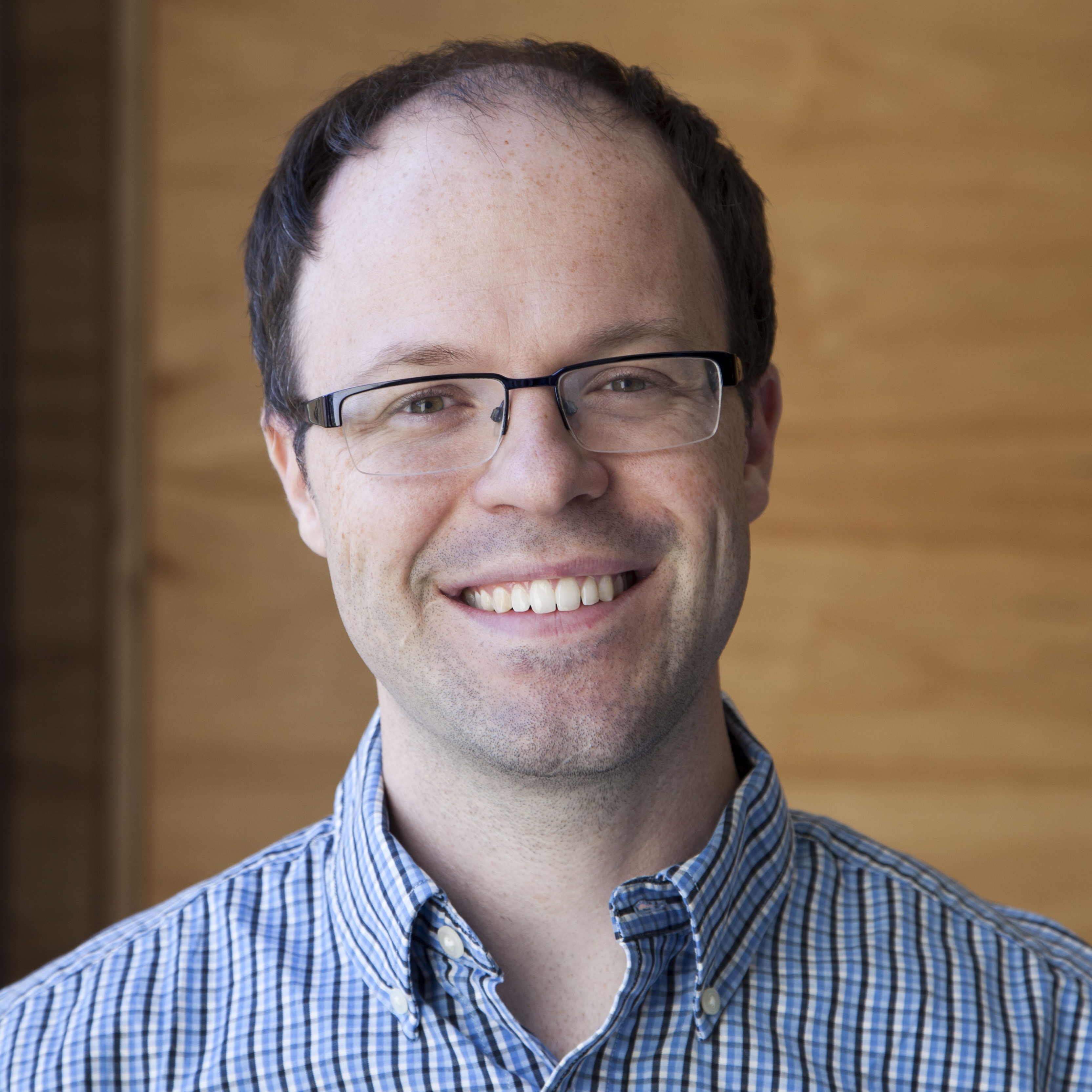Teaching
The work of transforming journalism to meet the challenges of a rapidly changing information environment begins in the classroom. That's where young journalists learn new, creative ways to tell compelling stories and engage the public in important news, and it's also where news consumers learn how to sort through, critically evaluate, and gain insight from a flood of information.
At Washington and Lee University, I've taught seven courses addressing all aspects of communication skills for our undergraduate journalism and strategic communication students, plus the intersection of news, media, politics, and digital society:
– Social Media: Principles and Practice, a course I designed that combines hands-on experience running social media news accounts covering campus and community life with discussions of social media's role in politics, society, identity, and the media business. Students run news accounts on Instagram, Snapchat, Facebook, and Twitter covering campus and community life throughout the semester, and also run social media for the department's student-powered website and weekly TV news program, the Rockbridge Report. They also produce analytics reports for the Rockbridge Report's social media efforts as well as mocked-up plans for social media campaigns for national brands.
– Media Bias: Beyond Right and Left, a course I designed for Washington and Lee's four-week intensive spring term, in which students take just one course that engages them throughout the entire week. We use media bias as an entree into the sociological, epistemological, and professional world of journalists and politicians. In doing so, we uncover the nuances and complexities of the way news is produced, transcending popular stereotypes of a blindly liberal or conservative media. Students work in pairs to conduct their own content analyses to test their own hunches regarding the framing of news media content.
– The News About the News: Does Journalism Need Saving?, a course I designed as part of Washington and Lee's first-year seminar program, in which first-year students take discussion- and writing-heavy courses that address contemporary or interdisciplinary issues. This course looks at the economic viability of the news industry, exploring the challenges it faces in a digital environment and discussing various ideas and trends to support it, including paywalls, native advertising, nonprofit journalism, startups, and the role of social media platforms. Students choose a "beat" in the media industry and write about developments and ideas in it throughout the semester on Medium. The syllabus from my semester teaching this course, in Fall 2015, is also on Medium.
– Intro to Digital Journalism, a core course in the department's curriculum for journalism and strategic communication majors. Students learn to shoot and edit video and photos, record and edit audio, and visualize data and incorporate it into stories. They combine all of those elements into a multimedia news feature story, in addition to producing broadcast-style news packages, brief podcasts, and web-style videos throughout the semester.
– Intro to Reporting, the department's fundamental reporting and news writing course. Students write two news stories a week about a fictional town in a curriculum designed by my predecessor, Brian Richardson, in addition to a real-world feature story, profile, meeting story, and press release. Each week, I work one-on-one alongside students to assess and revise their stories in an intensive individualized instruction format.
– Research Methods in Mass Communications, a capstone course for strategic communication majors that covers the principles of communication research as well as specific research methods including surveys, experiments, content analysis, focus groups, and interviews and observation. I redesigned the course to include student projects to design surveys, experiments, and content analysis, conduct secondary statistical analysis on survey data, and perform field observation on campus.
– Intro to Mass Communications, the department's introductory course providing an overview of media history, systems, and social functions. The course includes discussions of media and politics, ethics, the law, theory, journalism, public relations, advertising, and other issues. Students conclude the term by writing a research paper examining an issue or problem in media and proposing a way to study that issue.
Before that, I spent five years at the University of Texas teaching reporting, news writing, and digital journalism skills to undergraduate and graduate journalism students, through four courses:
– Reporting: Words, the School of Journalism's fundamental reporting class, for which I served as an instructor of record. Students reported and wrote six original stories throughout the semester, including ones on business, crime, and government. They also collaborated to cover a live local event through liveblogging and social media, and produced multimedia reports on three of their stories.
– Reporting Texas, a capstone course for graduate students and upper-level undergraduates in which students work to produce stories for a class-run news features website. The stories are then made available to professional news organizations across the state and published in outlets such as the Austin American-Statesman, Dallas Morning News, and KUT News in partnership with those organizations. I served as a TA for the course and editor of the site for three years.
– Social Media Journalism, an online course in which students run several round-the-clock social media news accounts covering general news, sports, and culture, learning how to use social media to find reliable news in real time and inform and engage audiences there. I served as a TA for this course for one semester, giving students feedback and advice as they learned to run the news accounts themselves.
– Intermediate Reporting, a predecessor to Reporting: Words in which students reported and wrote stories throughout the semester on government, crime, education, and the courts. As a TA for two semesters, I ran a lab section and came up with original classroom exercises to guide students through the process of producing and revising stories.
